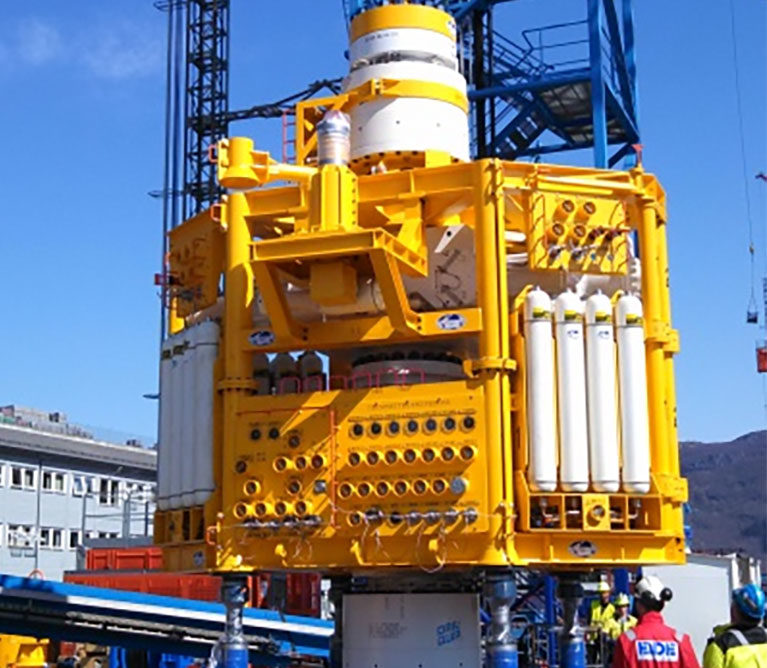BSEE-funded study offers insight into blowout preventer function

Photo: Bureau of Safety and Environmental Enforcement
Houston – Industry and regulators now have a better picture of how an offshore blowout preventer likely would operate during a blowout, thanks to a recent Southwest Research Institute study funded by the Bureau of Safety and Environmental Enforcement.
Engineer Steven Green, of San Antonio, TX-based SwRI, presented the findings Feb. 17 during the Ocean Energy Safety Institute’s Public Technology Assessment Program Forum.
Blowout preventers, or BOPs, use numerous techniques to keep hydrocarbons from advancing through drill pipes and into surface operations, according to a press release.
“The emergency closure of a wellbore with a BOP is a highly complicated process in which high strength steel pipe must be cut and pinched closed under extreme pressure and flow conditions,” Green said in the release.
BSEE, which established OESI in 2013, stated that it hopes to further explore and develop BOP design.
Post a comment to this article
Safety+Health welcomes comments that promote respectful dialogue. Please stay on topic. Comments that contain personal attacks, profanity or abusive language – or those aggressively promoting products or services – will be removed. We reserve the right to determine which comments violate our comment policy. (Anonymous comments are welcome; merely skip the “name” field in the comment box. An email address is required but will not be included with your comment.)

